The purpose of this nonofficial holiday is to celebrate and give thanks for that squash cultivator that became an essential part of American culture. What could be more American than Pumpkin Pie! The pumpkin is not only delicious but it is also one of the main symbols of Halloween in the United States and the central element in many Fall festivals, events, and contests.
Scientists believe that pumpkins originated in North America about 9,000 years ago. The estimates are based on finding seeds that date back to Mexico in 7,000 B.C. However, the name of this squash comes from the Greek word pepŏn, the word that means ‘Large Melon.’ The word transformed and became eventually a French word, then an English word, and finally it settled into the American-English word “Pumpkin.”
Native Americans used to grow the squash alongside river banks with beans and sunflowers before maize was developed as a crop. This system of growing pumpkins with maize and beans called the “Three Sisters Method.” It allows pumpkins, corn, and beans to all help each while they grow. The bean vines also keep the corn stalks stable on extremely windy days. Corn serves as the frame upon which the beans can climb and get sunlight. The beans put nitrogen into the soil, which allows corn to grow tall. Pumpkins and other squash are used to shelter the shallow roots of the corn. All three crops benefit each other as they grow.
For the Native Americans, pumpkin and other forms of squash were important food staples and helped them survive the long cold winters. It is believed that Christopher Columbus brought pumpkin seeds, the pepitas, back to Europe after he visited the continent. When pilgrims came to North America, the Indian tribes introduced the pumpkins to them; and many scholars believe that pumpkins were served at the second Thanksgiving in 1623.
Not everyone knows that the largest pumpkin weighed 1,140 pounds, and the largest Pumpkin Pie was 5-feet in diameter and weighed 350 pounds. To make the largest Pumpkin Pie people used 80 pounds of cooked pumpkin, 12-dozen eggs and 36 pounds of sugar. It took 6-hours to bake the largest Pumpkin Pie.
In general, it is very healthy as pumpkins contain Vitamin A and potassium. Pumpkins consist of 90% of water. Is it a fruit or a vegetable? Does it depend on who you ask? A check-in the official dictionary, Webster’s New World College Dictionary, reveals this definition of pumpkin: “A large, round, orange-yellow, edible fruit with many seeds.” So for the botanists, it is a fruit – an edible flowering plant that brings fruits that usually eaten row. Now, if we ask someone who cooks, for example, a chef. They would be able to let us know that many fruits that are not sweet, such as tomatoes, beans, green peppers, etc. are popularly called vegetables. Looking at pumpkin from a food preparation perspective, a pumpkin is a vegetable.
Now, let us ask a nutritionist. The nutritionist would recommend not only the pumpkin, but also the pumpkin seeds (pepitas) that are high in protein, phosphorus, and iron. They are great in salads or just for snacking. In general, pepitas are considered as a healthy and energizing snack. They are a good source of healthy fats. Pepitas can support prostate and bladder health. They can also have a positive effect on sleep and anxiety. Pepitas are a good source of vitamins, minerals, protein, and healthy fats and are also an excellent source of antioxidants.
Pumpkin flowers are eatable too. Once upon a time, not kidding, pumpkins were recommended for removing freckles and curing snake bites. October 22nd is a National Pumpkin Day. We are celebrating it with history and facts! This year, Texas’ pumpkin growers expect a below-average harvest this season as they dealt with early-season rains, extreme heat, and deficiency through the summer months. How to pick a perfect pumpkin? It can have a bumpy shell. It can be orange, blue, or white. It can have deep ribs. It can be very, very big! Make sure it is not rotten! Then scoop out all the insides to make the pumpkin hollow and ready for the culinary adventure!
Ida Tomshinsky, Library Director itomshinsky@fnu.edu



